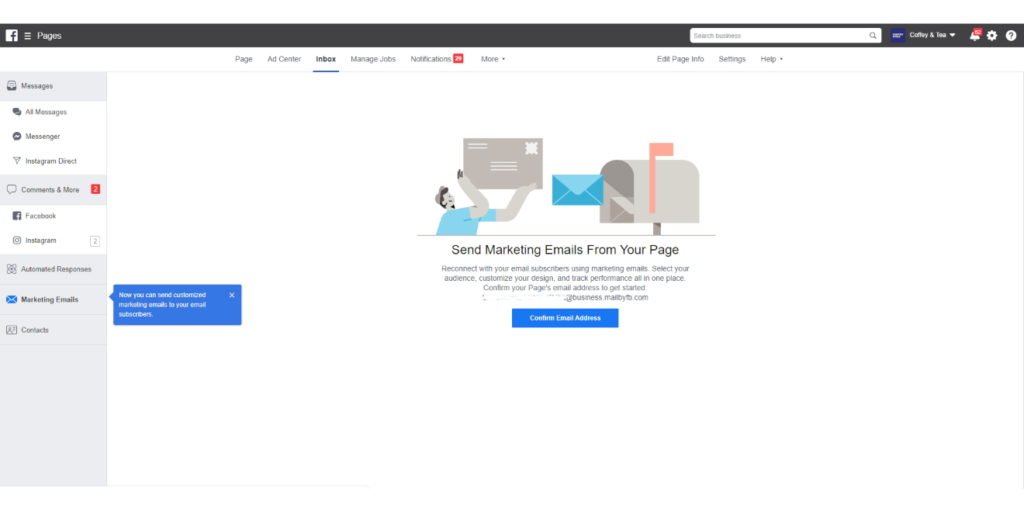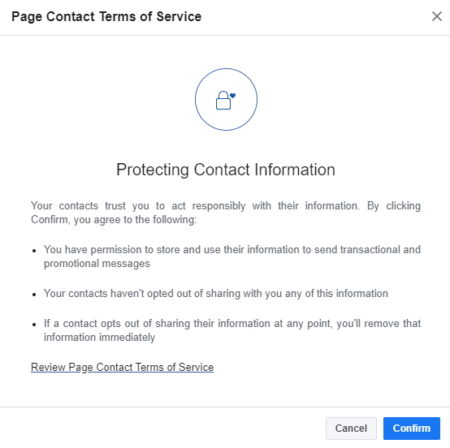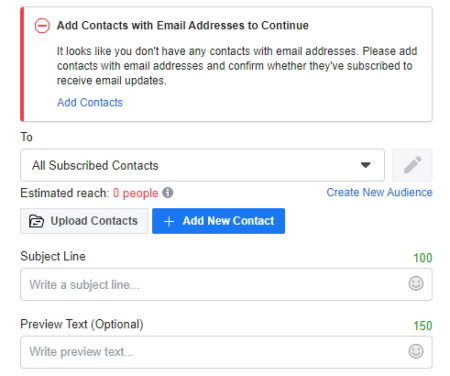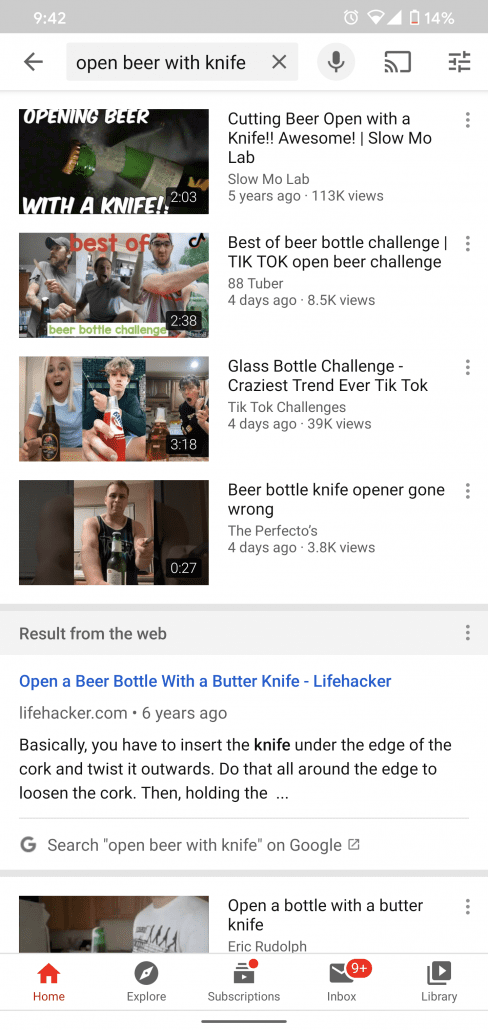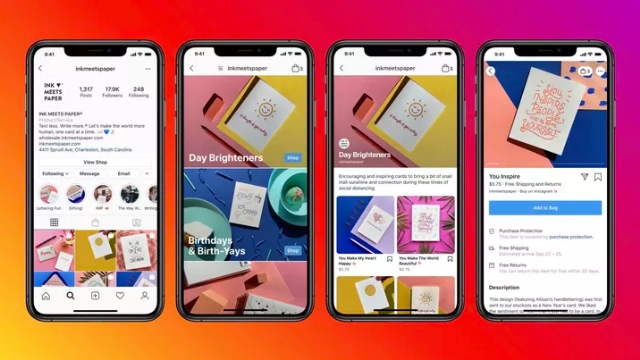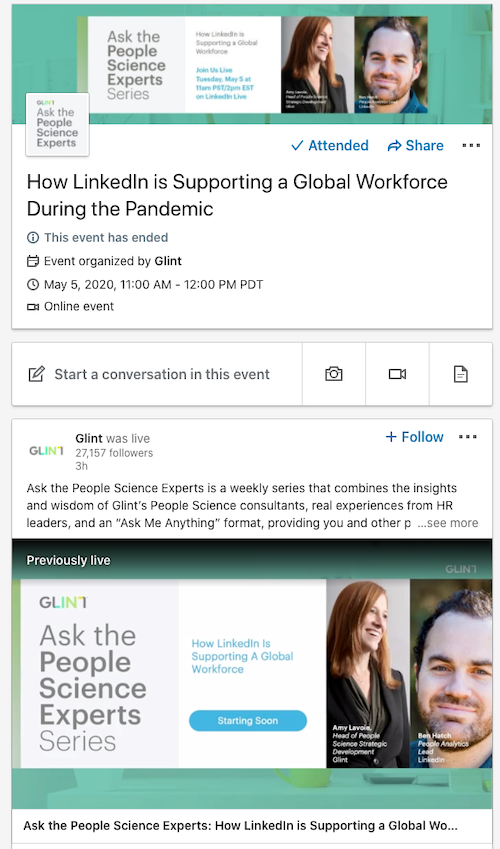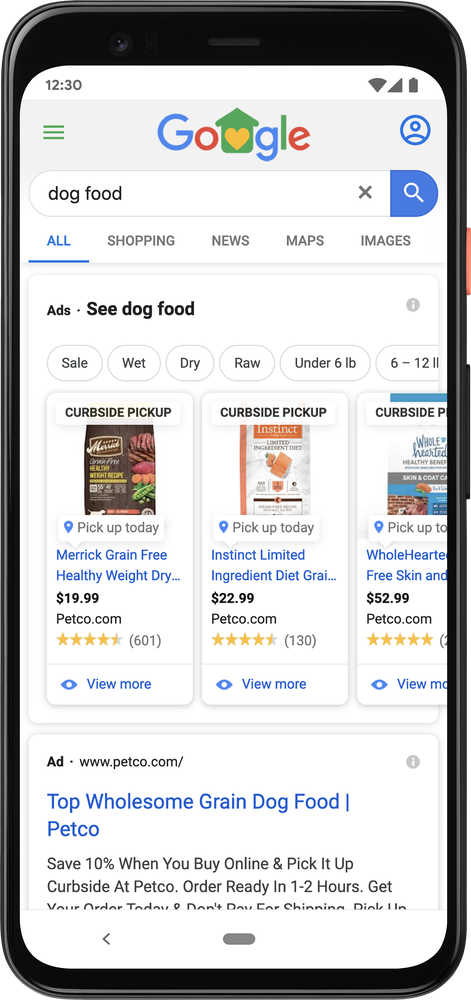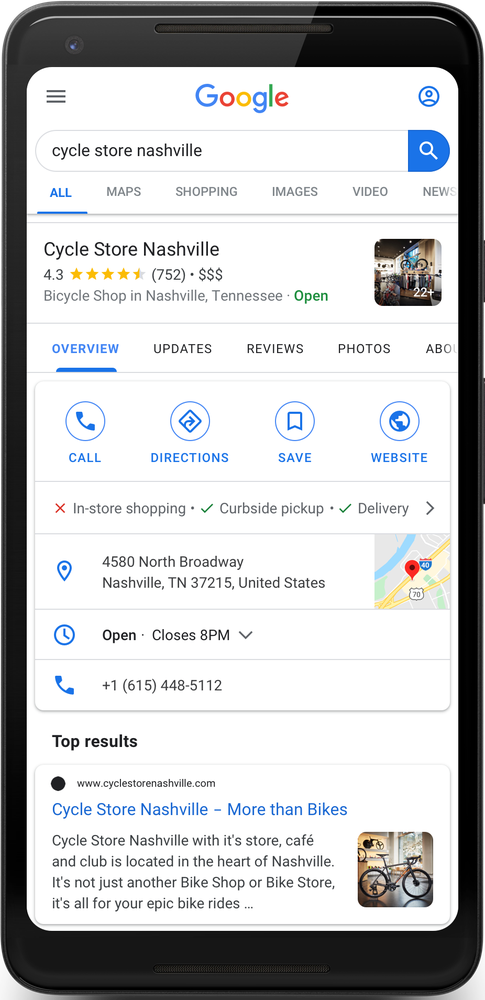Twitter is introducing a new way to tweet using just your voice – called simply Voice Tweets.
The company announced this week that voice tweets will soon be among the many different ways you can tweet, such as using photos, videos, and regular text.
“Over the years, photos, videos, gifs, and extra characters have allowed you to add your own flair and personality to your conversations. But sometimes 280 characters aren’t enough and some conversational nuances are lost in translation.
So starting today, we’re testing a new feature that will add a more human touch to the way we use Twitter – your very own voice.”
To start, the feature is limited to a small number of people using the Twitter app on iOS devices, though it will be rolling out to all iOS devices in the coming weeks.
While those with Android devices and those on desktop computers are left out of being able to create voice tweets for now, everyone can still see and listen to voice tweets that appear in their feed.
How To Post a Voice Tweet
If you have been given access to voice tweets, you will notice a small icon resembling an audio wavelength next to the camera icon when composing a tweet.
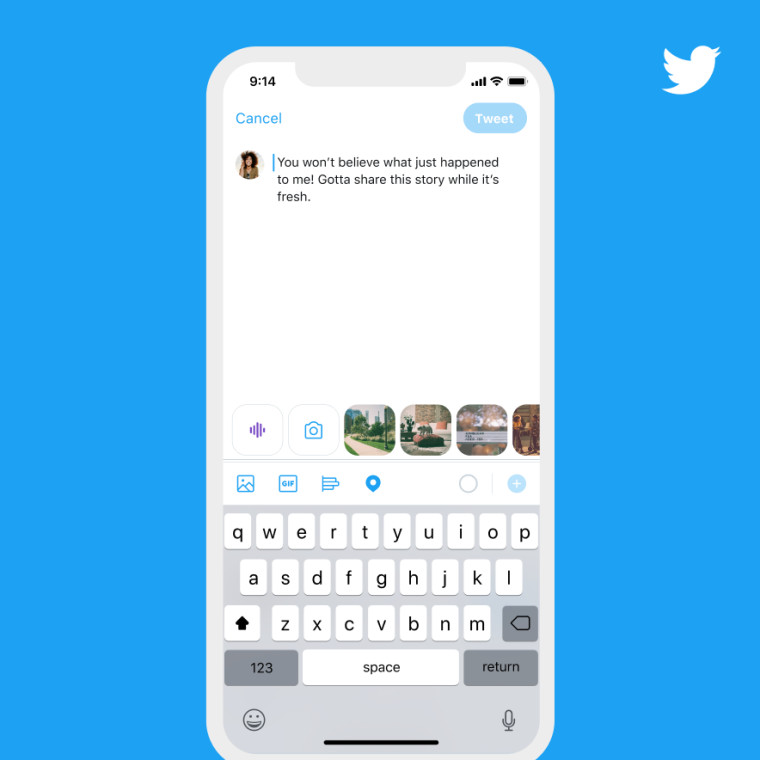
If you tap that icon, you will be presented with a screen showing your profile photo and a record button. Just tap that button to get started recording.
Voice tweets are limited to 140 seconds of audio in each clip, though the company mentioned that you can keep talking and have your audio automatically split into a thread of multiple voice tweets.
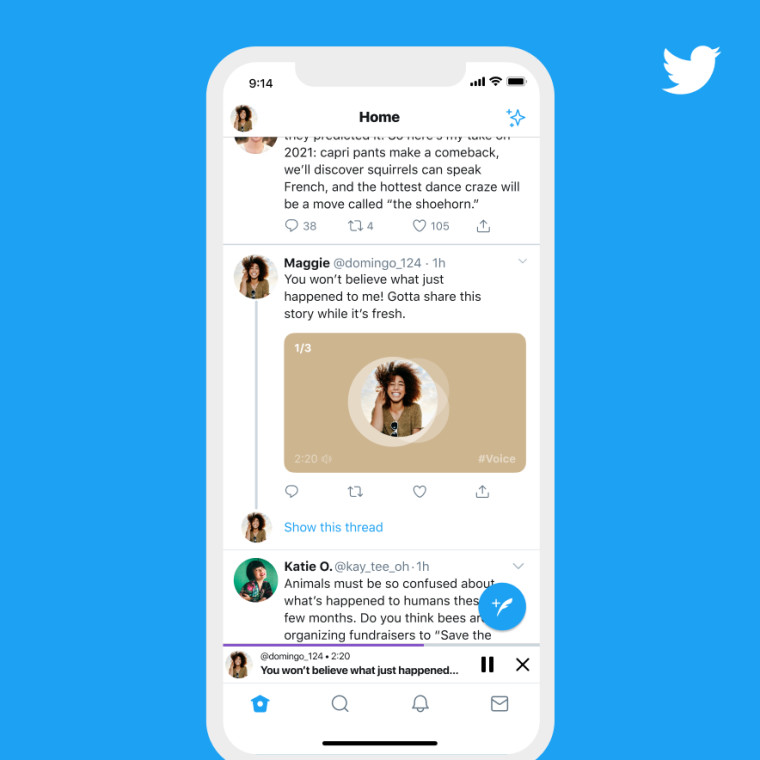
Once shared, your voice tweet will appear in other people’s feeds with a tappable image that will begin playing your audio in a docked window at the bottom of the screen.
There’s a lot that can be left unsaid or uninterpreted using text, so we hope voice Tweeting will create a more human experience for listeners and storytellers alike.
Whether it’s #storytime about your encounter with wild geese in your neighborhood, a journalist sharing breaking news, or a first-hand account from a protest, we hope voice Tweeting gives you the ability to share your perspectives quickly and easily with your voice.”

